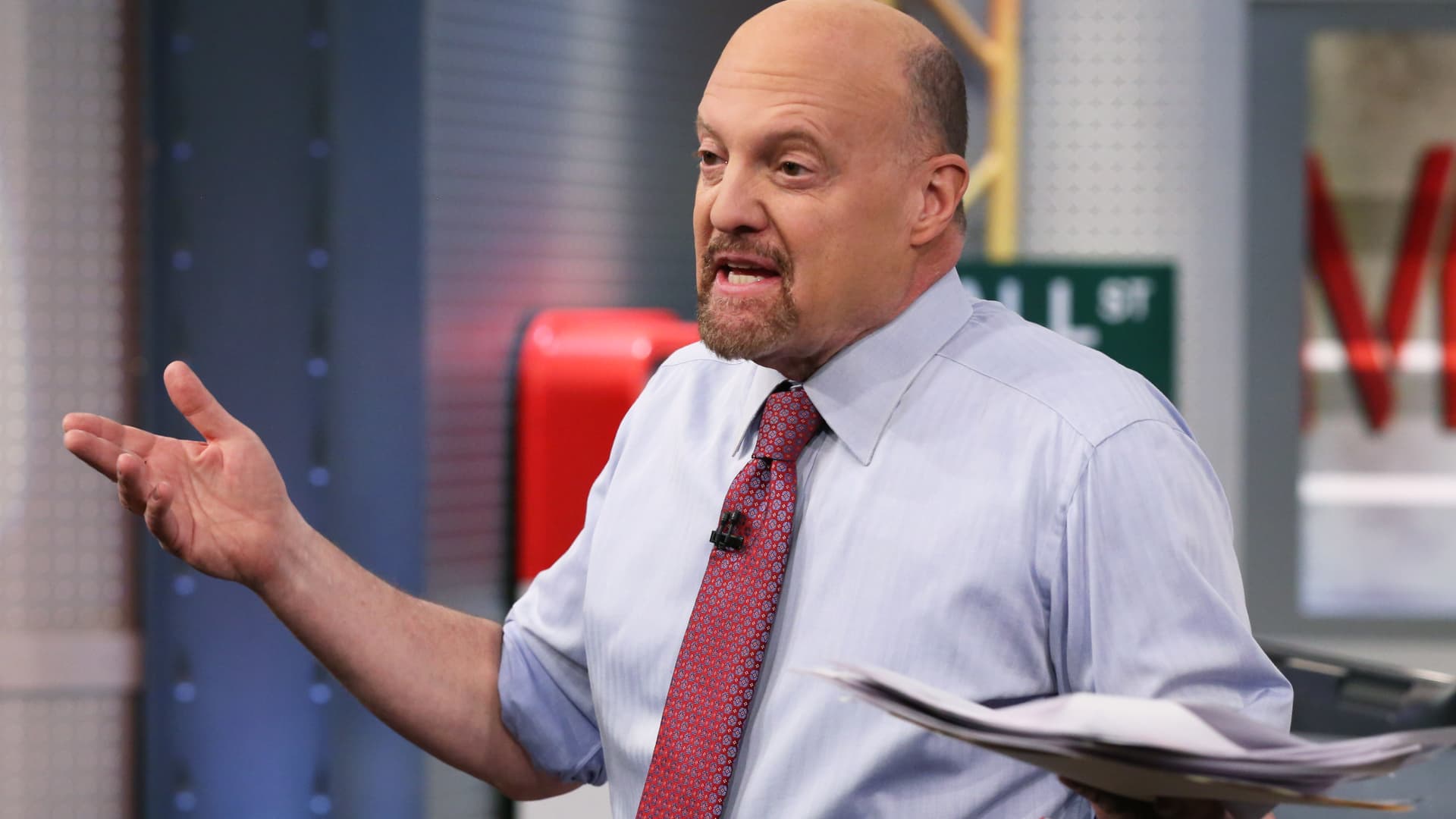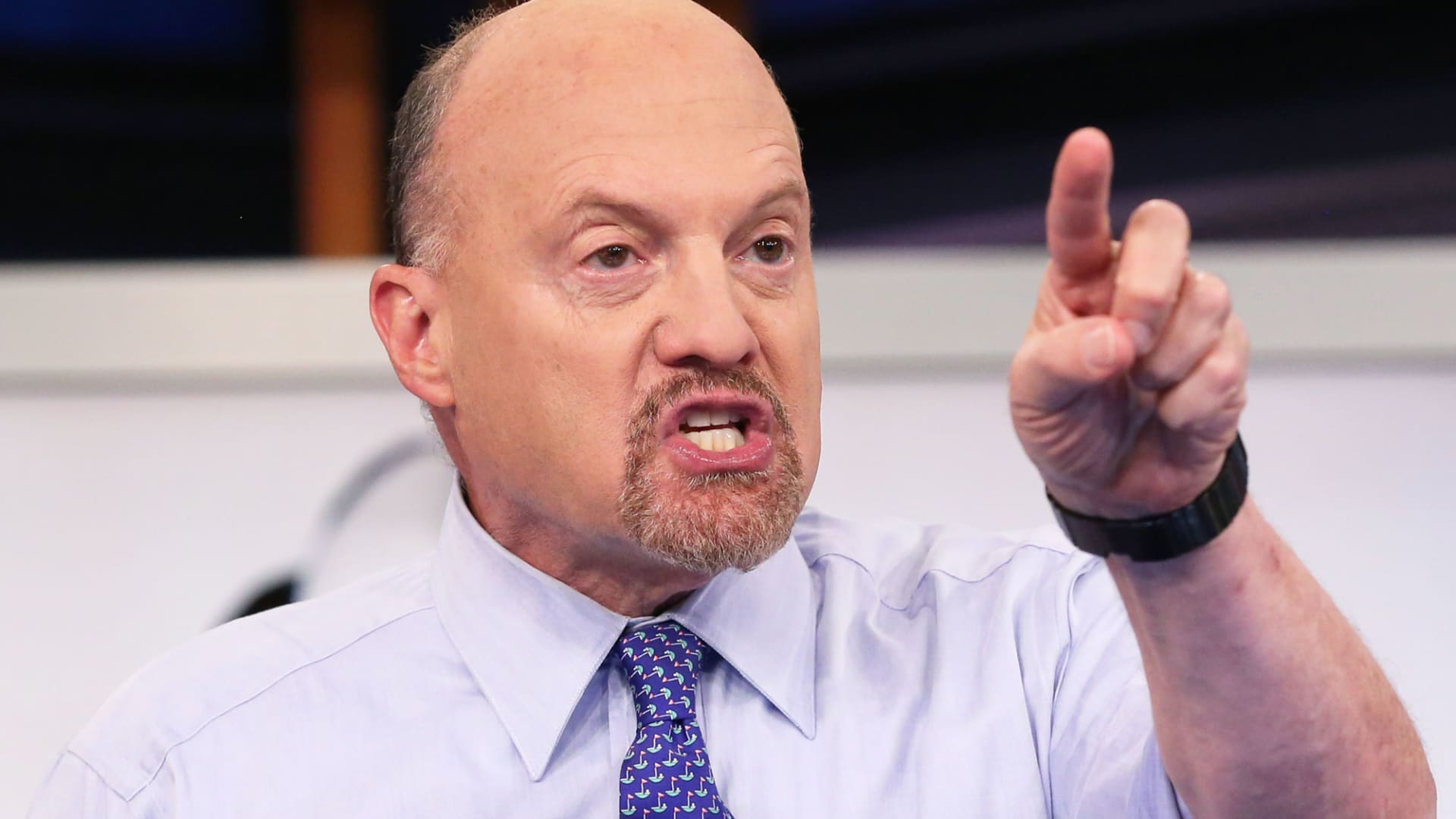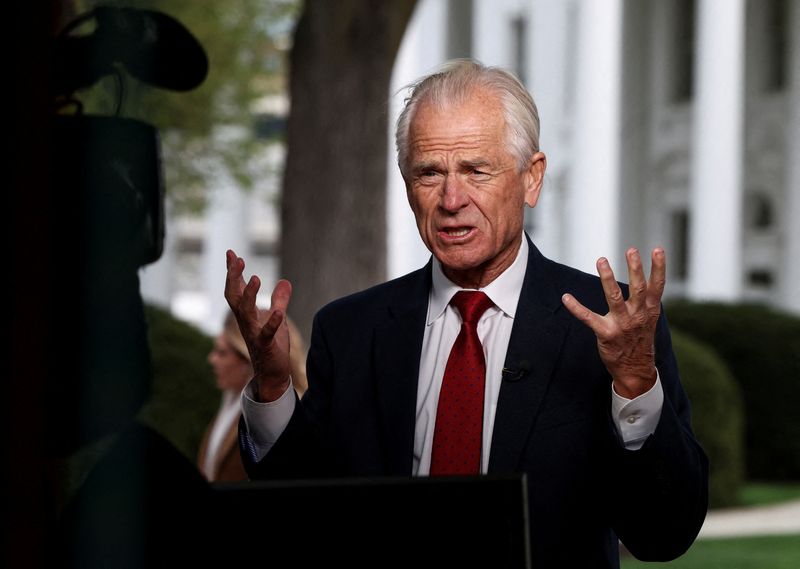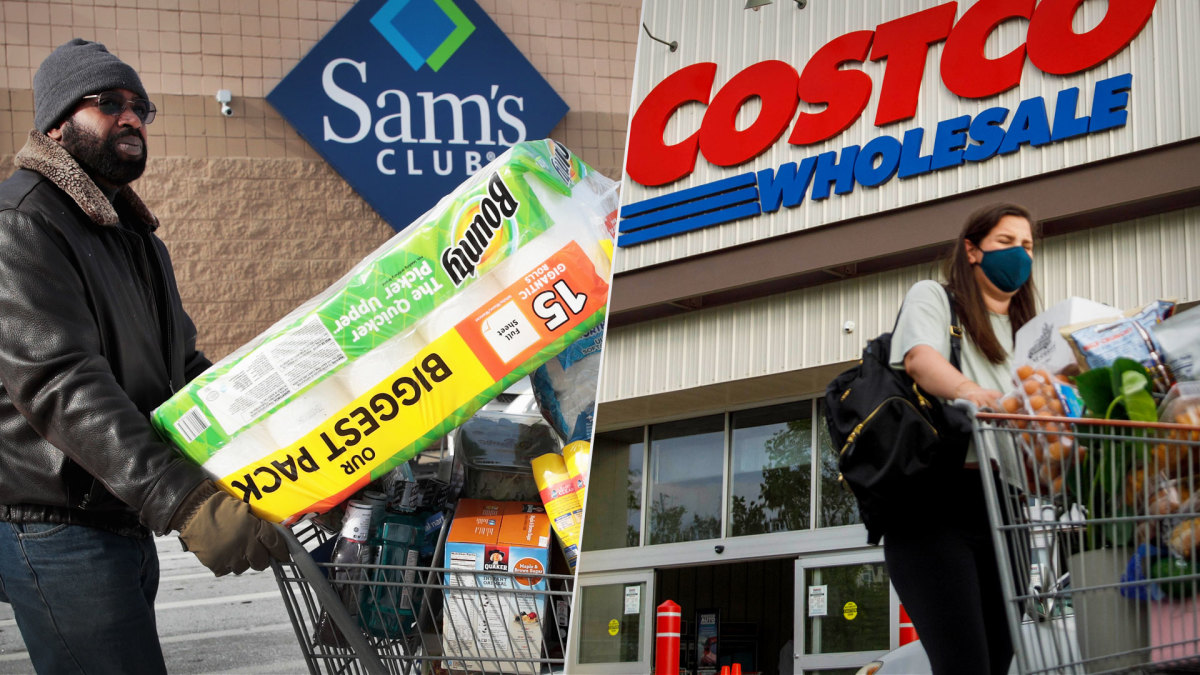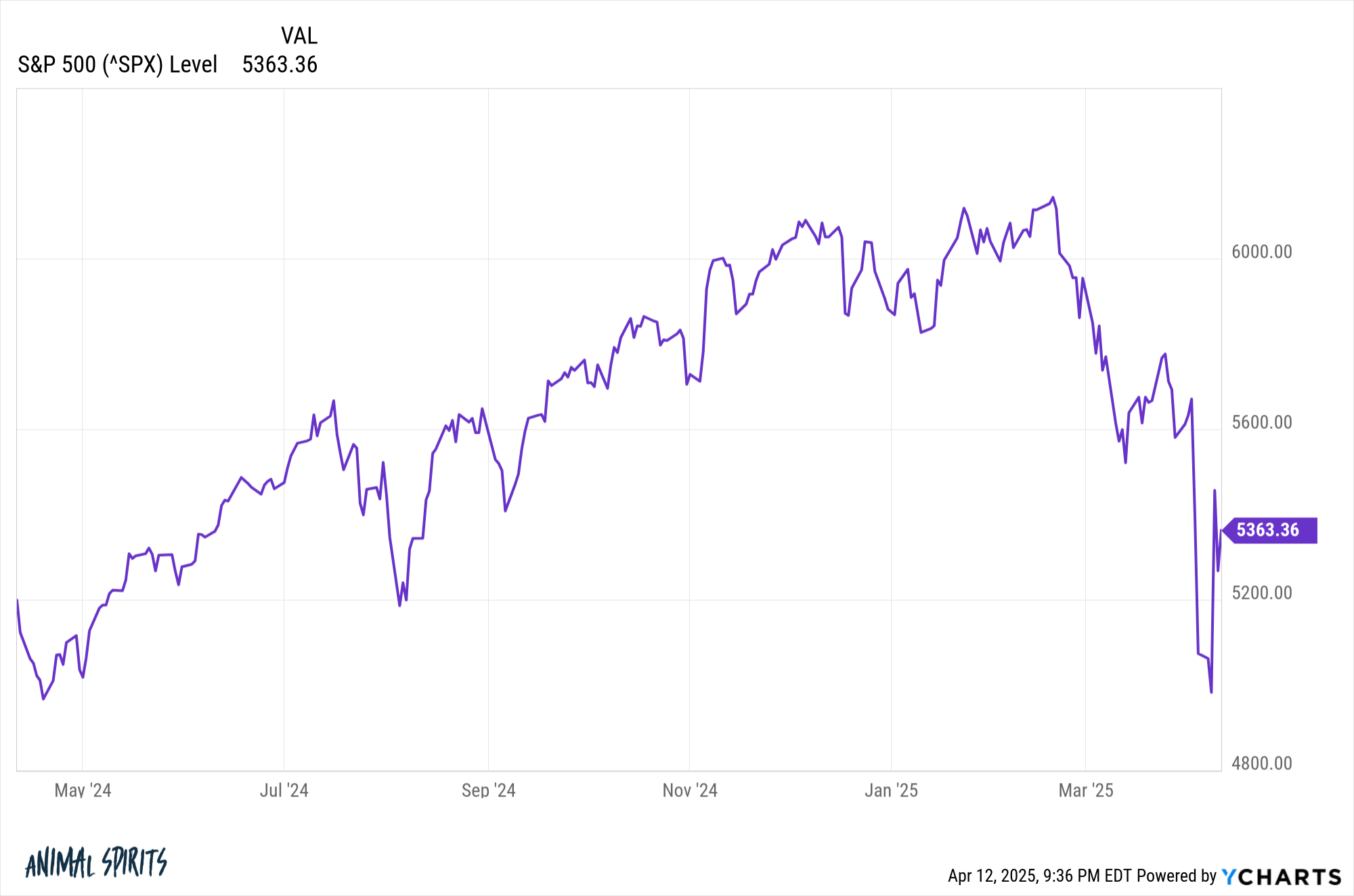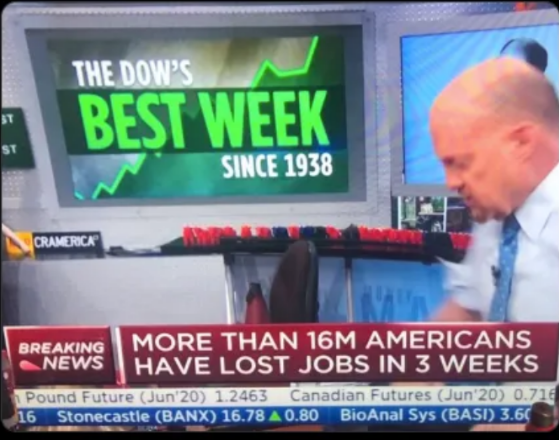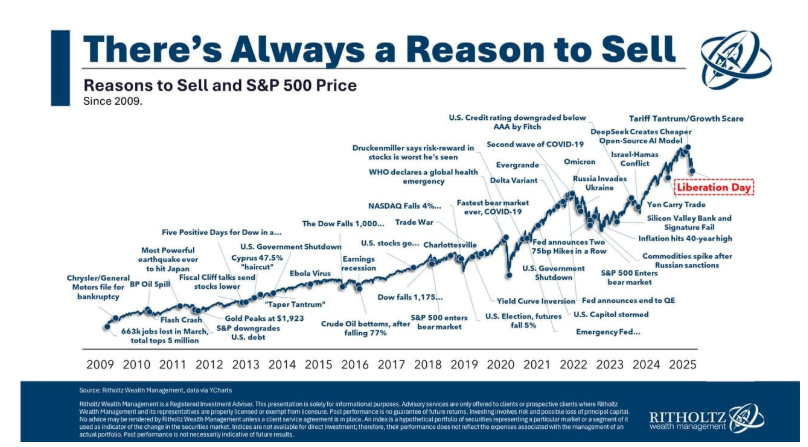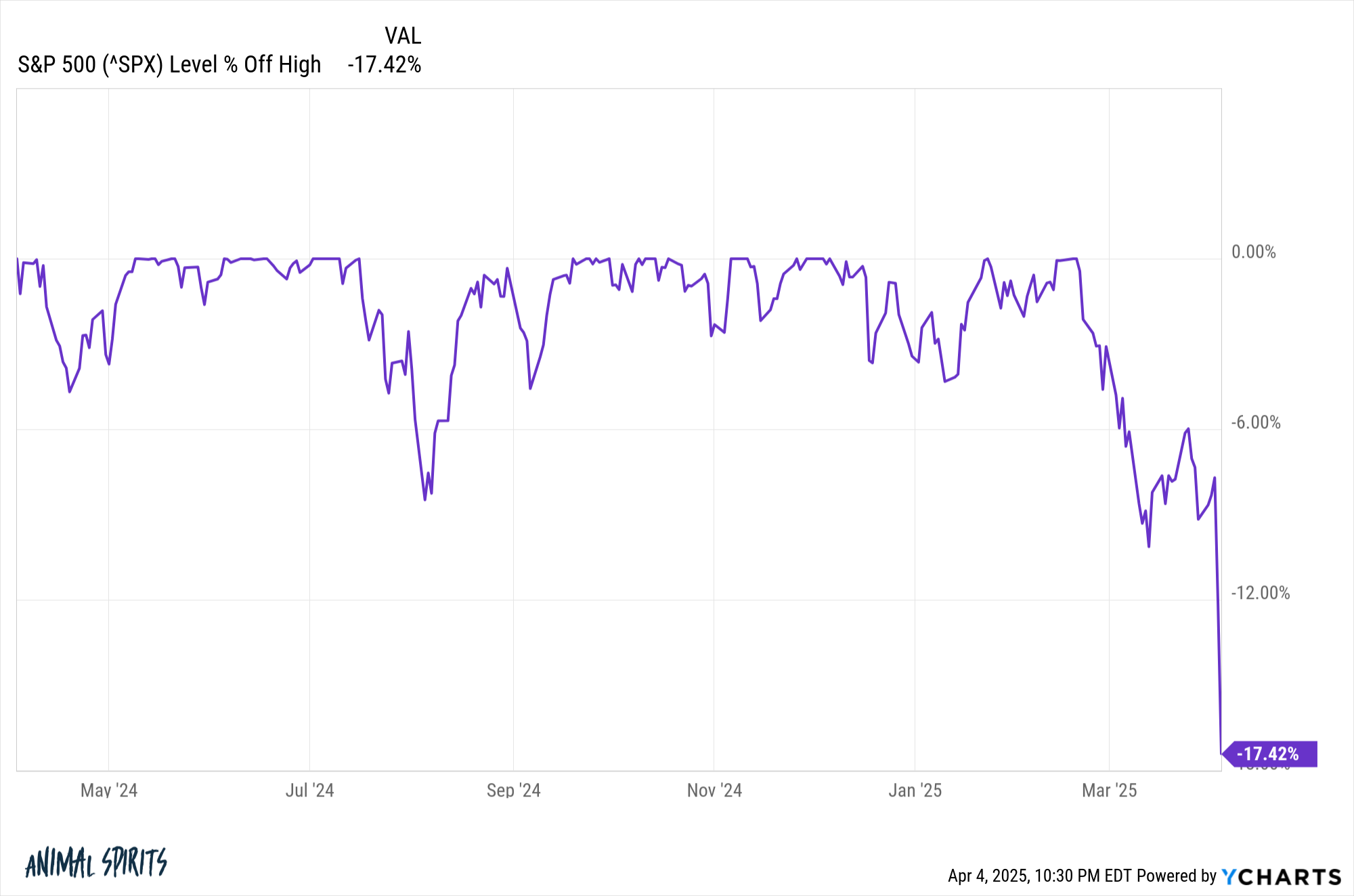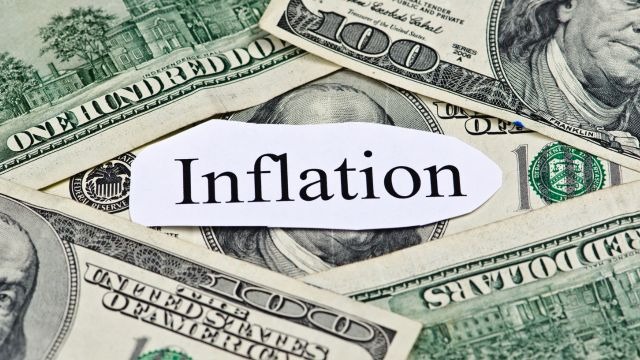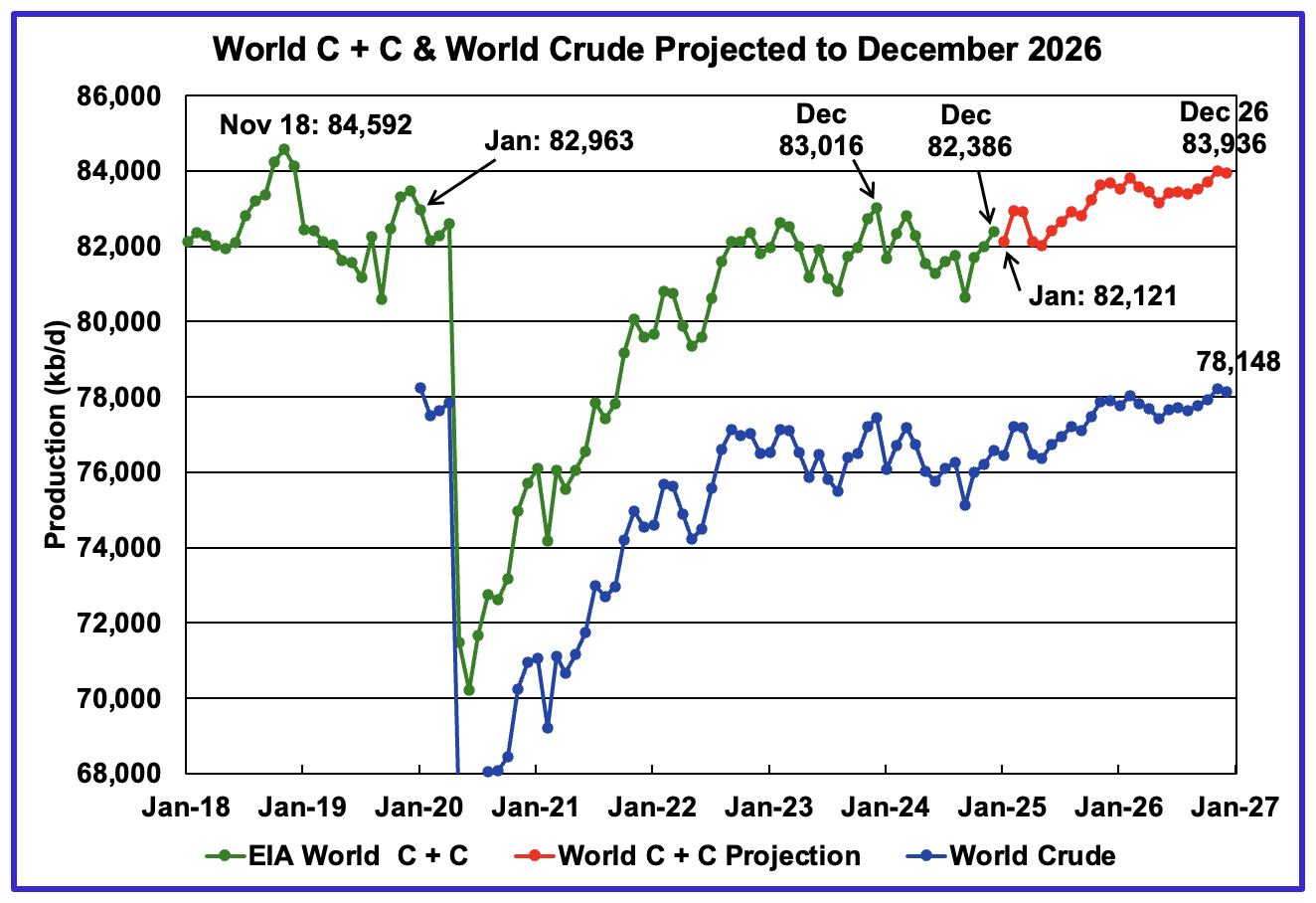America’s largest egg producer saw profits triple last quarter after raking in millions in government assistance
Egg giant Cal-Maine sold 20% more eggs, but collected about 350% more dollars as it did pre-pandemic.

- The bird flu epidemic has proved tremendously profitable for Cal-Maine, the largest egg producer in the U.S. Its profits for the first three months of 2025 skyrocketed to $508 million, more than three times the level from a year before—even as it killed off flocks infected with avian flu and collected tens of millions in USDA payments for the culled birds.
Even though the White House says egg prices are coming back down to earth, the nation’s largest egg producer is still raking in profits.
Cal-Maine, America’s largest egg producer in both revenue and flock size, saw its profits triple in the first three months of the year, according to the company’s quarterly financial report. The company sold $1.4 billion worth of eggs and took in $508 million in profit, three-and-a-half times more than the $146 million in profit it reported during the same period in 2024.
“The higher net sales were primarily driven by an increase in the net average selling price of shell eggs,” Cal-Maine said, calling the prices “a direct result of the reduced supply of shell eggs across the industry due to [avian flu] during a period of peak seasonal demand for eggs and egg products.” Higher sales also played a role, the company said, as did lower production costs. The cost of chicken feed, for example, dropped nearly 10% for the quarter.
Cal-Maine, which produces roughly one-fifth of the nation’s eggs, lost about 4% of its flock in recent years to bird flu outbreaks. But the company’s coffers have swelled since the bird flu epidemic began. In the first three months of 2021, it made $359 million in sales. Four years later, its revenue has quadrupled—even though Cal-Maine only sold about 20% more eggs.
Nationwide, the price of eggs hit a record in February, and is expected to rise as much as 40% more this year, according to the USDA.
“It’s crazy,” Thomas Gremillion, director of food policy at the Consumer Federation of America, told Fortune. “You would think that increasing the cost of production for any good would eat into the producer’s profits, and instead we’re seeing the profits increase by orders of magnitude… That is very surprising that they’d be able to take advantage of the situation the way they have.”
Cal-Maine did not respond to Fortune’s request for comment.
The profits have caught the eye of the Department of Justice, which opened a probe into sky-high egg prices back in March. Cal-Maine is cooperating with the DOJ’s request for information, the company said.
At the same time profits were rising, Cal-Maine was taking in tens of millions from the U.S. Department of Agriculture. The company received $42 million in compensation for avian flu, according to USASpending.gov.
Federal regulations require farmers to kill all birds in a flock if avian flu is discovered. The USDA’s indemnity program pays a set price per bird killed, with some added compensation for cleaning and disinfecting.
Cal-Maine temporarily shuttered a Texas facility last year, killing nearly 2 million hens. The year before, it closed a Kansas facility with 684,000 hens for avian flu.
“The bird flu detections have clearly not devastated Cal-Maine,” Gremillion told Fortune. “At this point we’re paying a lot of money on [the USDA payment program], and we’re seeing these really big, really powerful companies are getting bigger and more powerful.”
The USDA's indemnity program "does not come close to covering the financial toll when an egg farm must depopulate its flocks and rebuild its business, in cases it means the difference between recovering or going out of business," president of the American Egg Board, said in a statement.
“It’s important to remember that eggs are sold on markets like other agriculture commodities, and wholesale prices are driven by supply and demand," the statement said. "We’ve lost more than 125 million egg laying hens to bird flu, and more than 30 million of those birds this year, alone."
Taxpayers have given $1.25 billion in bird flu compensation payments through November of last year, according to the Federal Register. In February, the Trump administration announced an additional $1 billion to combatting bird flu, including ramping up biosecurity measures and increasing the money paid out when infected flocks are killed.
This story was originally featured on Fortune.com







































